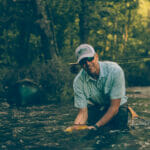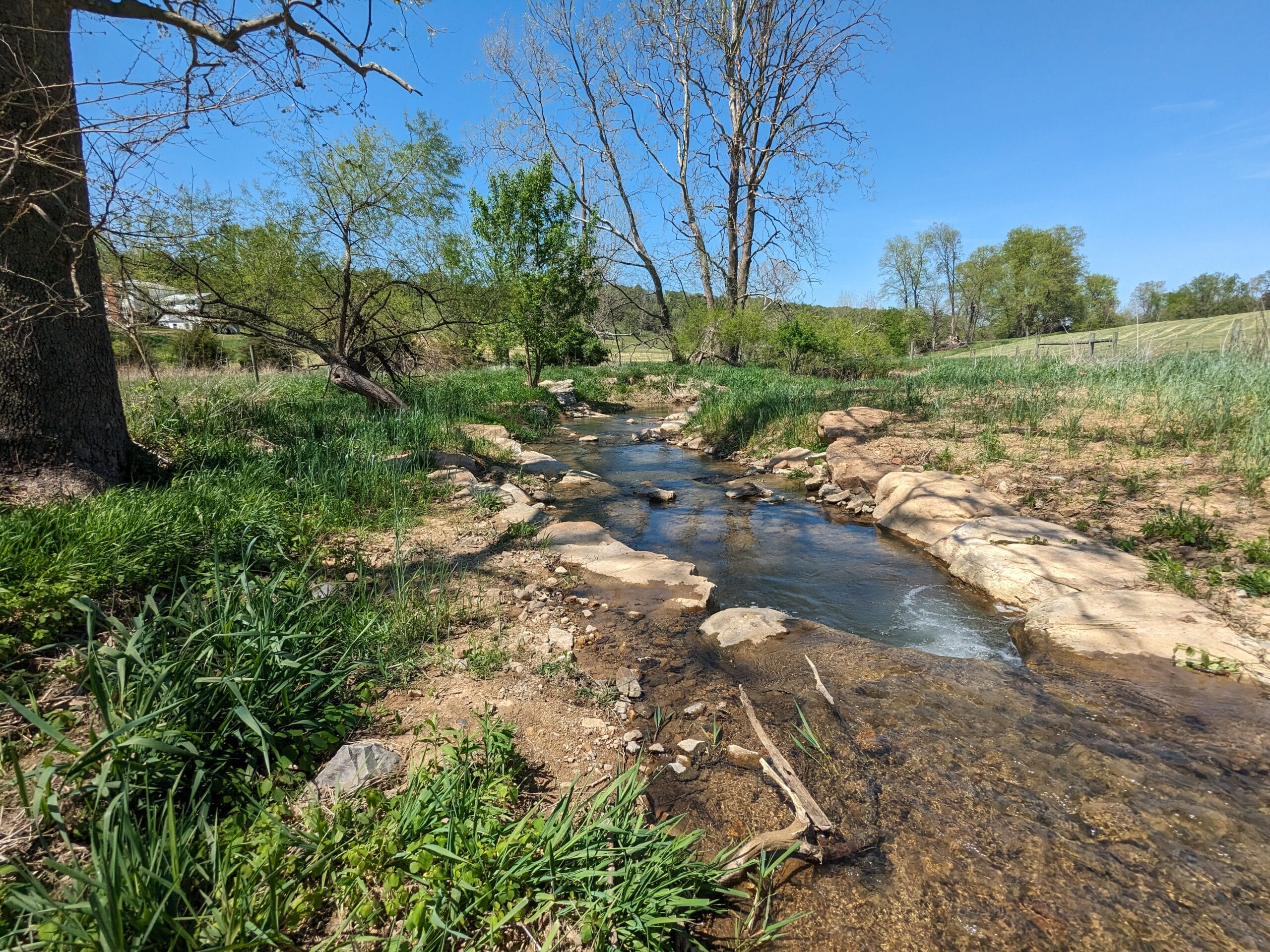As a newly minted fisheries biologist with the Virginia Department of Game and Inland Fisheries, one of Larry Mohn’s first big projects was to complete an inventory of the state’s wild trout streams.
“I think they had designated something like 500 miles of trout water,” Mohn remembered. “I think we ended up with 2,500 miles by the time we were finished. I was surprised by that.”
Nearly 50 years later, Mohn is still tromping around Virginia’s trout streams. But now he’s doing it as a stream restoration specialist whose company, Shenandoah Streamworks, has completed countless projects across the state, including more than 20 with Trout Unlimited.
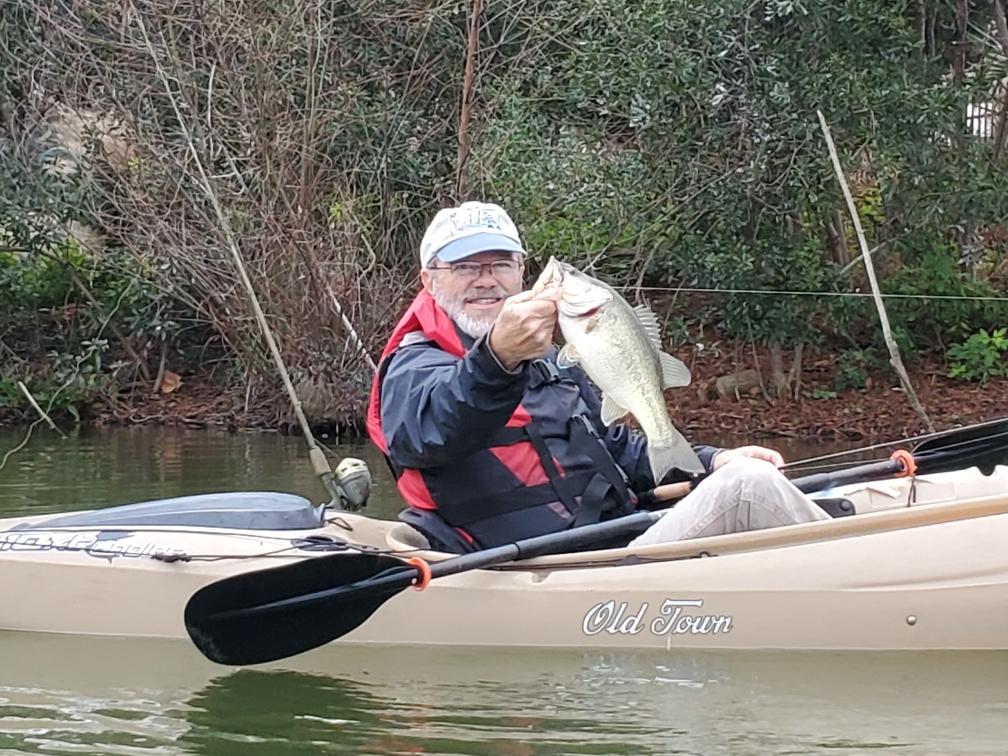
An angler at heart
Mohn grew up in trout-crazy Pennsylvania, but he admits he was mostly a smallmouth bass angler until he ended up at Penn State, smack in the middle of some of the best trout water in the East. Grad school at Virginia Tech gave him a chance to explore trout streams in the heart of Virginia’s Blue Ridge.
Mohn landed a job as a trout biologist with the state agency, now known as the Department of Wildlife Resources, a couple of years after getting his master’s degree. He spent just short of 36 years with the agency before retiring in 2011.
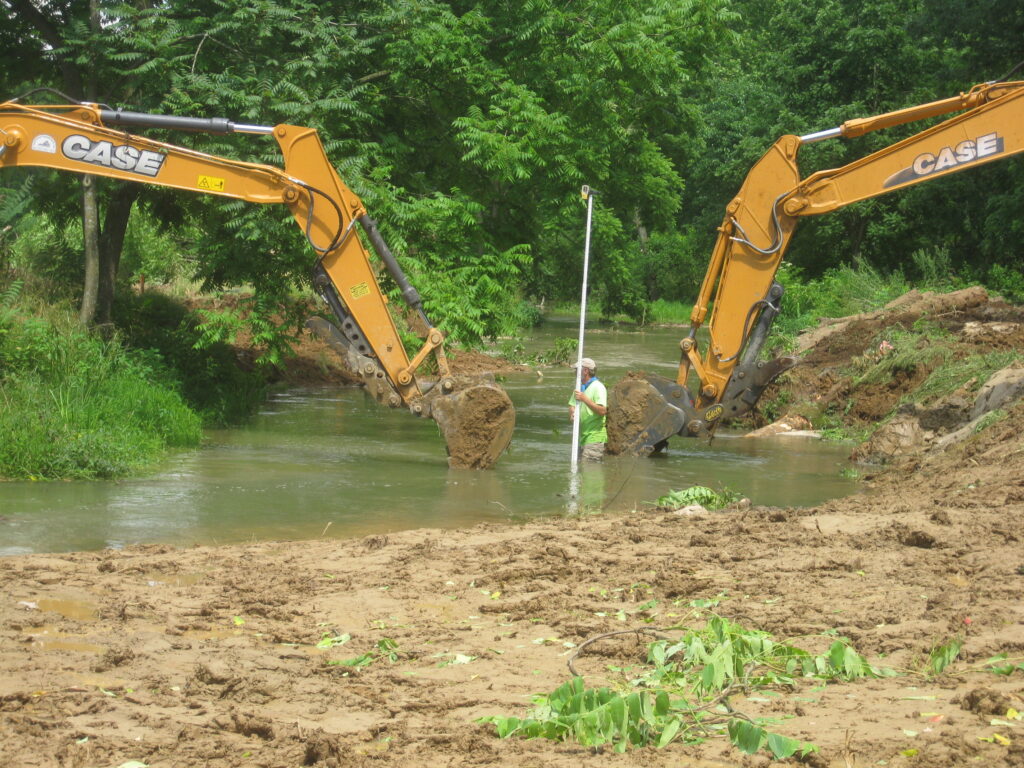
Virginia’s diverse trout resources, which includes wild trout in spring creeks, mountain creeks and tailwaters, as well as hundreds of put-and take waters, kept him busy. After completing the wild trout inventory, a project for which he relied on a big team that included college students, Mohn helped revamp the state’s approach to trout management and regulations.
Decisions such as changing special regulations and removing streams from the stocking list created some challenges.
“We had special regulations on some streams that couldn’t even sustain trout year-round,” he recalled. “Why throw them back if they aren’t going to survive anyway? We also stopped stocking over wild fish in some cases, and that was a PR challenge.”
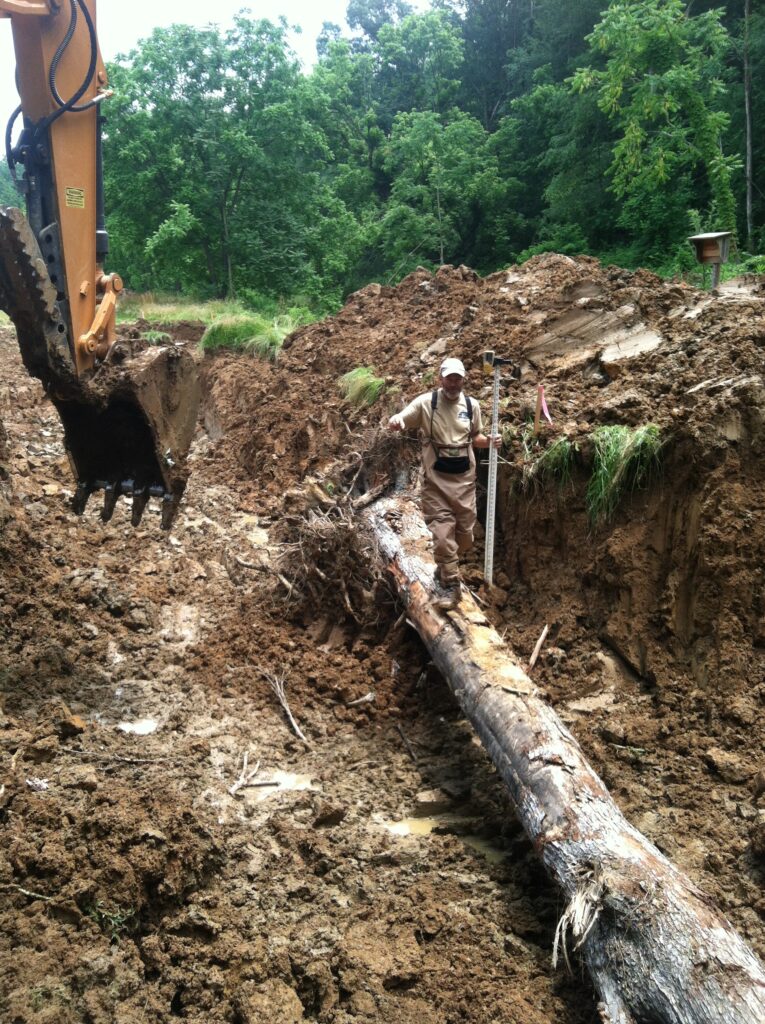
Restoration to the rescue
Mohn worked closely with the DWR’s stream restoration team, which gave him a good taste of that world.
After he retired, he partnered with Monte “Boogie” Atkins to create Shenandoah Streamworks.
Mohn works often with TU’s Virginia project team of Seth Coffman, Dylan Cooper and Sammy Vest.
“In my first job collaborating with Shenandoah Streamworks, they just made me feel like family,” said Cooper, an engineer with Trout Unlimited. “There were a lot of moving parts to the Downey Branch project, including some things I’d never done before and some things they’d never done before.
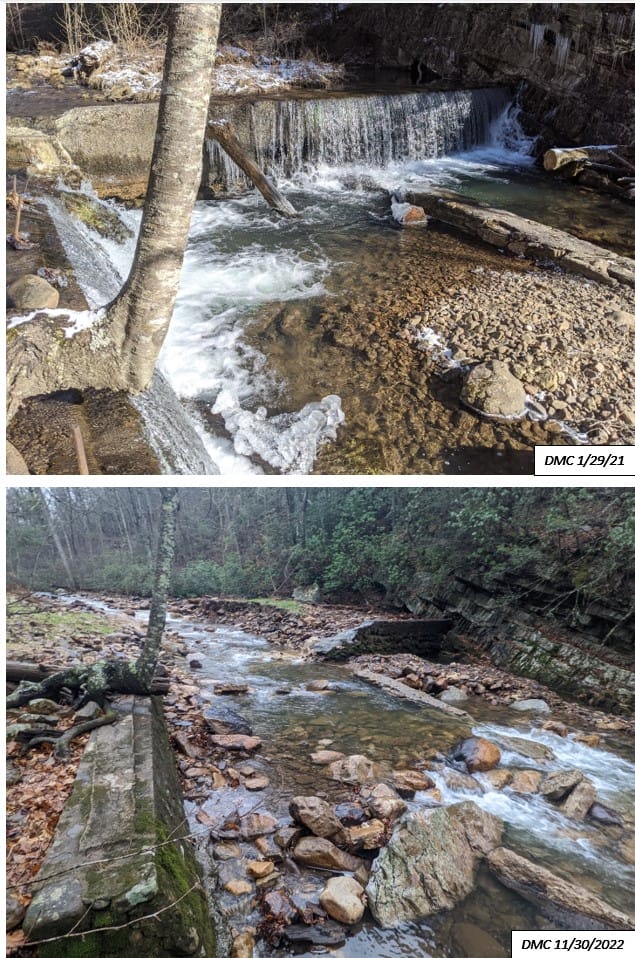
So, it was a great learning experience that turned out very successful, and it set us up for many projects with wonderful outcomes since that one.”
Mohn met Coffman before Coffman joined the TU staff.
“I actually knew Seth when he was a graduate student at James Madison University,” Mohn said of Coffman, who earned a degree in fisheries from Virginia Tech. “And I was glad when Dylan came on board because it’s so helpful to have an engineer on site with these projects. He provides project oversight that I had historically done.”
Continual learning
One of Mohn’s first big projects with TU was the first restoration project on Mossy Creek, a fertile spring creek near Harrisonburg that has been imperiled by legacy agriculture activity.
“It was a crazy project,” Mohn said. “It rained every day, and the site turned into a swamp. We were up to our knees in mud.”
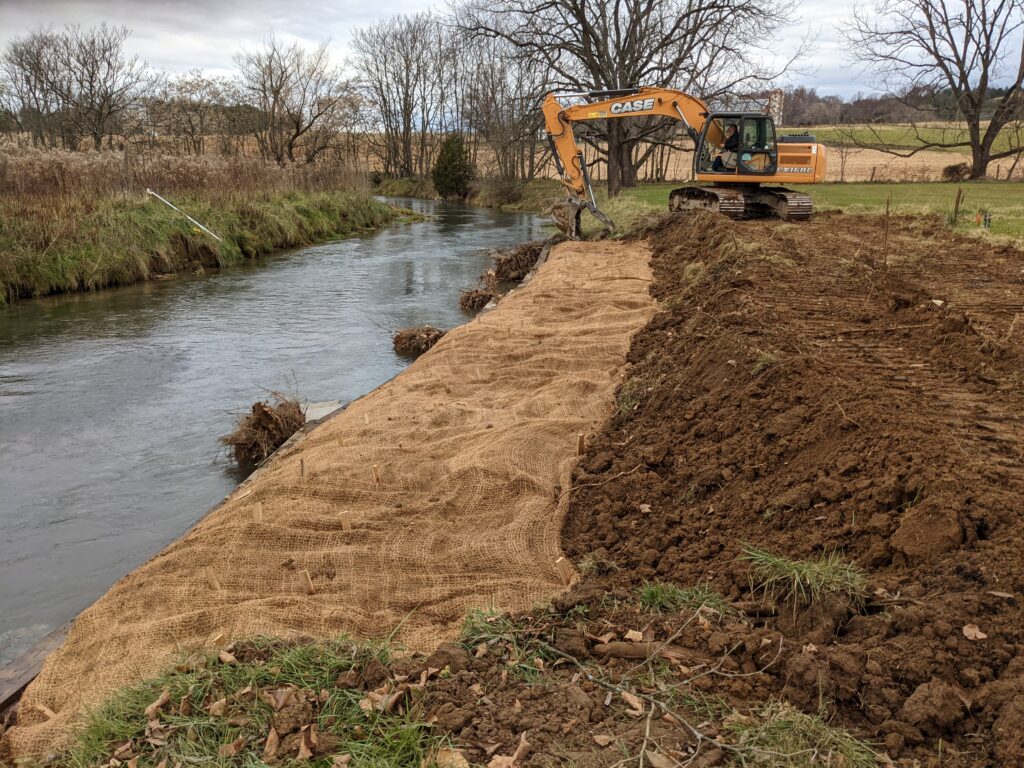
The project provided some good lessons that Mohn has applied elsewhere, including on other sections of Mossy Creek, including one last summer that required re-routing a section of the stream back to its former meandering channel.
“We put two big bends back into the stream,” he said. “My son went back to fish it six months later and he said there were fish on every new structure.”
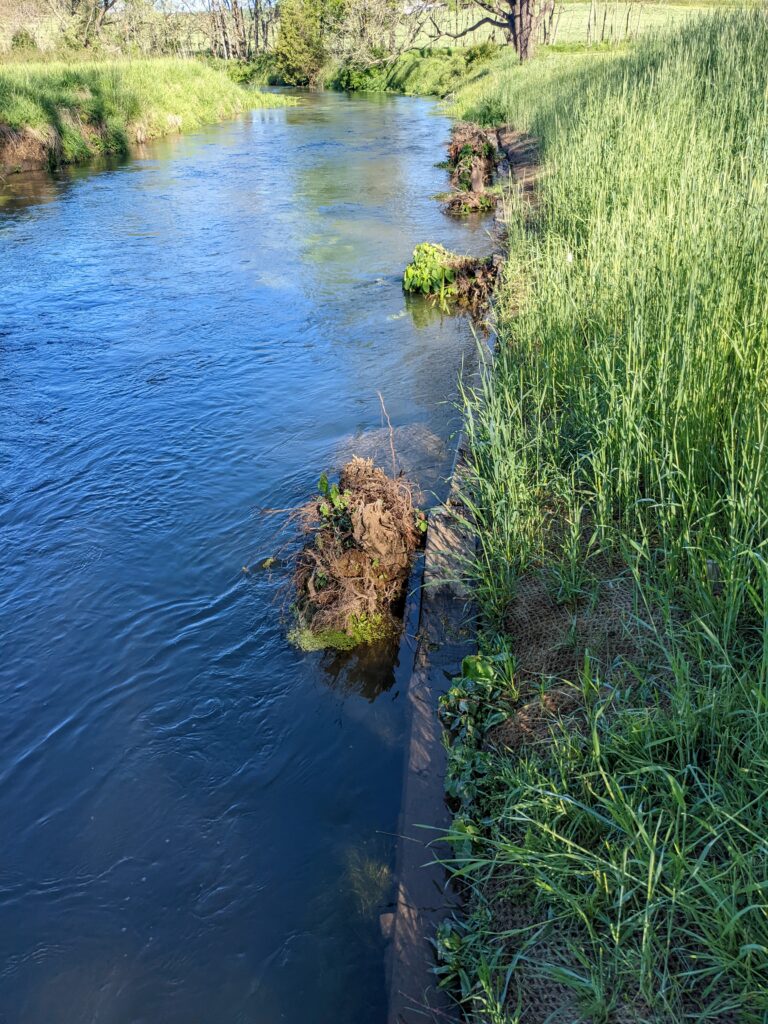
Still at it even in “retirement”
At 74, Mohn is easing into another retirement. Both of his sons have worked with Shenandoah Streamworks at times, and Mohn thinks one of them may stick with that business.
Mohn said the company has some interesting projects in the hopper, including one that will use beaver dam analogs.
“They were looking at BDAs on that Mossy Creek project, but there were no beavers there because there was nothing for them to eat,” he said. “In this case it makes sense, but it will require a different approach than they use out West.”
Yes, even after spending nearly a half of a century learning about Virginia’s streams, their function and their fish populations, Mohn still gets excited to try new and innovative ways to improve the health of those streams.
Without people and partners like Larry, TU couldn’t complete important restoration projects. Thanks to Larry Mohn for being a shining example for our Faces of Restoration series.


